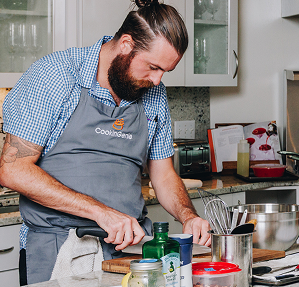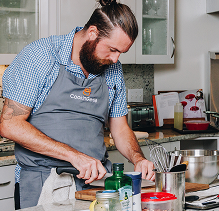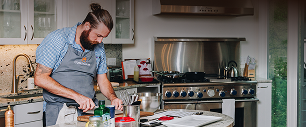Crafting the Perfect Cheeseboard: A Guide to Selecting the Right Cheeses
Cheeseboards can be a great way to serve up an impressive spread for any occasion, from a casual night in with friends to a more formal dinner. But there is an art to creating the perfect cheeseboard. Knowing where to start can be intimidating with such wide varieties and cheese flavors.
Luckily, with careful selection and preparation, you can create a delicious and memorable experience for all your guests – no matter the occasion. In this blog, we’ll cover the basics of crafting the perfect cheeseboard – from selecting the right cheese to presenting it beautifully – so you can wow your guests every time.
About Cheeseboard
A cheeseboard is precisely what it sounds like: a board (or platter) filled with different types of cheese to enjoy as part of a meal or snack. Cheese boards are versatile and make great appetizers or desserts when served as part of a larger meal and great treats when enjoyed independently. Cheese boards also tend to make good conversation starters when served at parties or gatherings due to their exciting variety of flavors and textures.
Benefits of a Cheeseboard
Aside from being incredibly tasty, there are plenty of reasons why you should consider making your next gathering one with a cheese board. Some of these reasons are provided below:
- Budget-friendly: Whether hosting a large gathering or a small get-together, keeping costs down is always a priority. A cheeseboard is a budget-friendly choice that doesn’t require a lot of preparation or extra ingredients, making it an excellent choice for any occasion.
- Versatile: Cheeseboards offer a range of options, making them an ideal choice for accommodating guests with different dietary restrictions or taste preferences. Adding fruits, nuts, crackers, and charcuterie creates a more diverse spread.
- Easy to assemble: Assembling a cheeseboard is simple and requires no special tools or skills. You can create an impressive presentation to impress your guests with a few basic ingredients and a wooden board.
- Impressive presentation: A well-arranged cheeseboard can create a stunning visual impact and a sophisticated presentation for guests. With various kinds of cheese and colorful accouterments, you can create a beautiful spread that looks as good as it tastes.
- Minimal waste: Customizable to the number of guests, cheeseboards are a great way to avoid waste. You can easily adjust the amount of cheese and other ingredients to suit your gathering, ensuring everyone has plenty to enjoy.
Choosing the Right Cheese for Your Cheeseboard
Choosing which type(s) of cheese (s) you want to include on your board is one of the most critical steps when crafting the perfect cheeseboard. You must choose an assortment that provides visual and textural appeal while highlighting all your favorite flavors – but not sure where exactly to begin? Don’t worry – we have some tips covered below.
Types of Cheese To Include
When picking out which type(s) of cheese (s) you want to include on your board, it’s the best practice that you choose three categories: hard/aged (examples include cheddar and parmesan), soft (examples include brie and camembert); and blue (examples include gorgonzola and Roquefort).
While this isn’t necessarily set in stone rule-wise, having these three main categories will help ensure variety in taste and texture – providing guests with plenty of choices. Additionally, if you have any vegetarians attending your gathering, feel free to opt for vegan-friendly options such as soy-based mozzarella or almond feta.
Variety Of Flavors And Textures
In addition to categorizing your assortment by texture/type (hard/aged; soft; blue), it’s also essential to consider adding variety in terms of flavor.
Ideally, if possible, try not to limit yourself to just one type—for example, parmesan—but instead go for two or even three for added complexity; mix sharp flavors such as aged cheddar with milder ones like Gouda or Brie along with sweeter options like manchego or goat cheese for optimal balance in taste.
Not sure what goes together? Test some flavor pairings before putting together your board to complement each element perfectly.
Consider Dietary Restrictions
It’s important to consider any guests with dietary restrictions, such as lactose intolerance or allergies to milk products. To include everyone, try to find vegan or lactose-free options like sheep’s milk ricotta, cashew cream cheese, or Boursin alternatives. If you’re unsure which products are suitable, research or ask a storekeeper or specialist for suggestions and advice to find appropriate options.
Preparing Your Cheeseboard
Once you have chosen your cheese selection, it’s time to prepare your Cheese Board by considering two important factors: Presentation and garnishes, as well as pairing with accompaniments such as fruit, nuts, and crackers.
Presentation and Garnishes
A crucial element here is arranging the Cheeses on your board aesthetically pleasing so that they look inviting to guests when they arrive at your table or event. To do this, arrange them according to shape – round cheeses together on one end while pyramids go on another, etc.
As far as garnishing goes, seek out colorful ingredients such as herbs or edible flowers that make excellent additions to complement the overall arrangement.
Pairing with Accompaniments
While some prefer having their cheeses plain, others enjoy exploring different flavor pairings by adding additional accompaniments such as olives, dried fruits, or nuts, which bring out new dimensions in both taste & texture. Crackers are also excellent choices for pairing with cheeseboards as they provide contrasting textures without overpowering any particular flavor profile too heavily (a good rule here is 1-2 crackers per guest).
Serving Your Cheeseboard
Serving your cheeseboard is an art that requires careful consideration of several factors. Everything plays a crucial role in ensuring that your cheeseboard is a hit with your guests, from optimal temperature to accompaniments and presentation. Here are some tips to help you serve your cheeseboard like a pro.
Optimal temperature
To fully enjoy the flavors and textures of your cheeseboard, it’s important to serve each piece at the right temperature. Serving cheese at its optimal temperature helps maintain its original flavor profile and texture while avoiding potential spoilage due to improper storage/serving temperatures.
Soft and semi-soft varieties: Soft and semi-soft cheeses should be served slightly colder than room temperature. Doing so will enhance their creamy texture and prevent them from becoming too soft and runny.
Hard varieties
Hard cheeses should generally be left out until they reach their peak level before consumption – allowing them to reach their optimal flavor and texture. However, always check the use-by date before consuming for safety purposes.
Accompaniments
Consider serving your cheeseboard with complementary accompaniments such as crackers, bread, nuts, fruits, and honey. These accompaniments will not only enhance the cheese flavors but also provide a variety of textures and colors to your display.
Presentation
Finally, presentation is vital when serving your cheeseboard. Arrange the cheese and accompaniments in an aesthetically pleasing manner, with different shapes and sizes for added interest. Don’t be afraid to get creative with your presentation – your guests will appreciate your effort to create a beautiful display.
Conclusion
Crafting the perfect cheeseboard may seem daunting, but with some basic knowledge and creativity, you can create a stunning display that will impress your guests; whether serving it as an appetizer, a dessert, or a standalone snack, a well-assembled cheeseboard can be a versatile and budget-friendly option for any occasion. From soft and creamy to hard and nutty, there is a wide range of cheese types, making it easy to create a spread that everyone will enjoy.
And if you’re short on time or need some guidance, consider enlisting the help of a personal chef who can create a unique and flavorful cheeseboard tailored to your preferences and dietary restrictions. They can guide how to select the right cheeses, pair them with complementary foods, and present them in an aesthetically pleasing way. With a personal chef, you can take the stress out of creating the perfect cheeseboard and focus on enjoying the company of your guests.
So, next time you host a gathering or want to indulge in a delicious snack, consider putting together a cheeseboard. With some practice and creativity, you can master the art of cheeseboard assembly and impress your guests with a stunning display.



 Settings
Settings
 Gift Card
Gift Card Blog
Blog Locate Us
Locate Us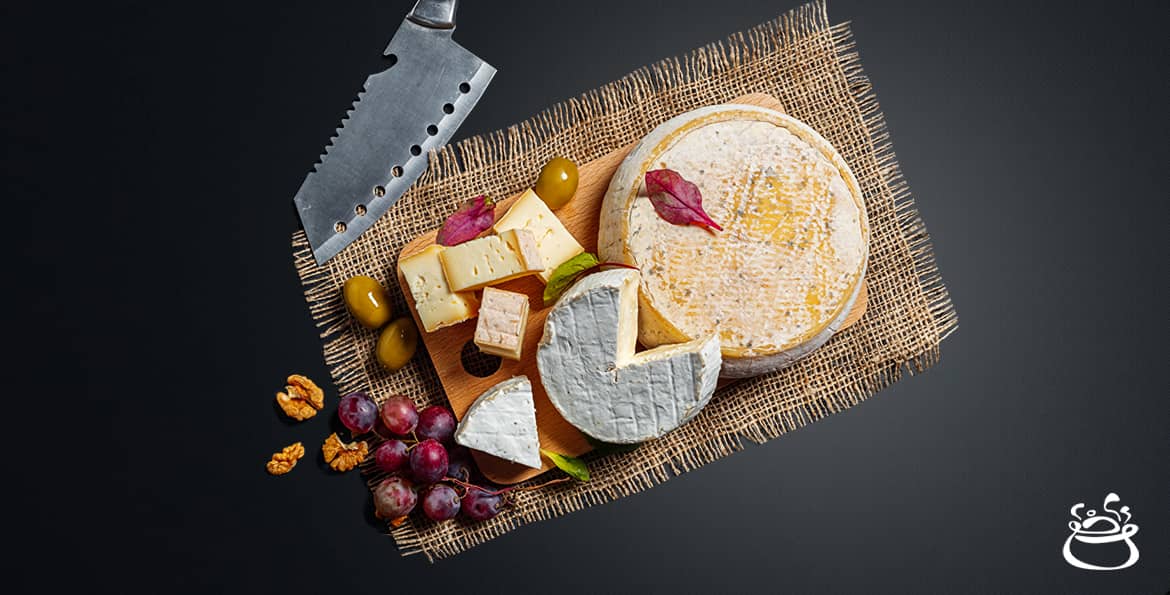

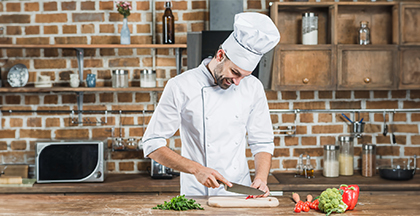


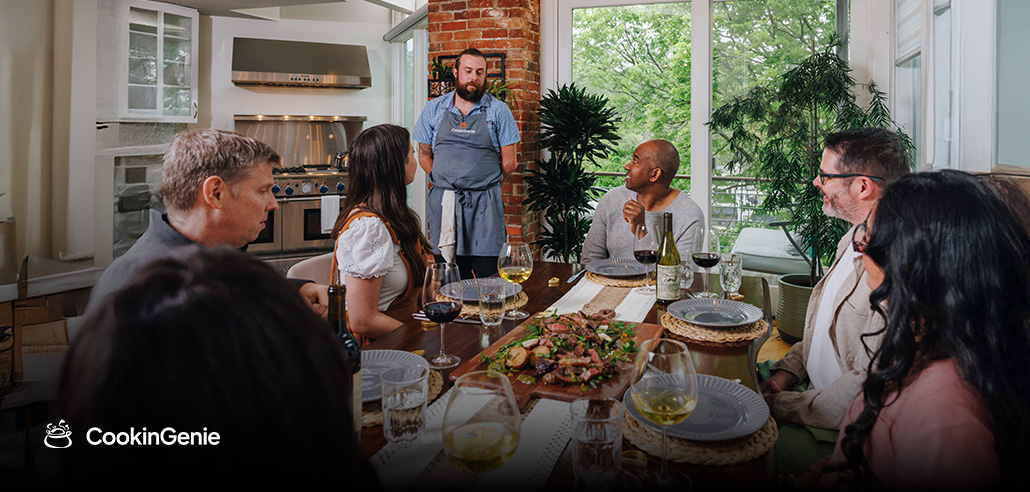





 Home
Home
 Chefs
Chefs
 Chats
Chats
 My Order
My Order

